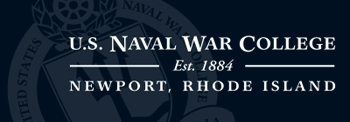Publication Date
5-1-2014
Abstract
As seen during the recent response to Typhoon Haiyan (Yolanda) in the Philippines, non-governmental organizations (NGO), military actors and academic groups are harnessing technology to improve coordination and collaboration. As new technologies and systems are employed during this response, a discussion of the strategies used to gain situational awareness could offer valuable insight for all responders during disasters. In recent years there has been an increase in research and projects relating to information and communication technologies and humanitarian operations. Part of this research is identifying unique advantages of non-classified data collection and analysis during a disaster. This paper offers an overview of the types of data that have been collected, analyzed and applied to humanitarian operations, while detailing the advantages of incorporating real-time open source data into military planning and action during a response.
This site displays abstracts of MOC Warfighter articles. Department of Defense CAC-authenticated users may download full copies of the articles at this site.
Recommended Citation
Card, Brittany and Davies, Benjamin
(2014)
"Digital Data: Improving Situational Awareness During Complex Humanitarian Crises,"
MOC Warfighter: Vol. 1:
Iss.
3, Article 3.
Available at:
https://digital-commons.usnwc.edu/moc-warfighter/vol1/iss3/3

